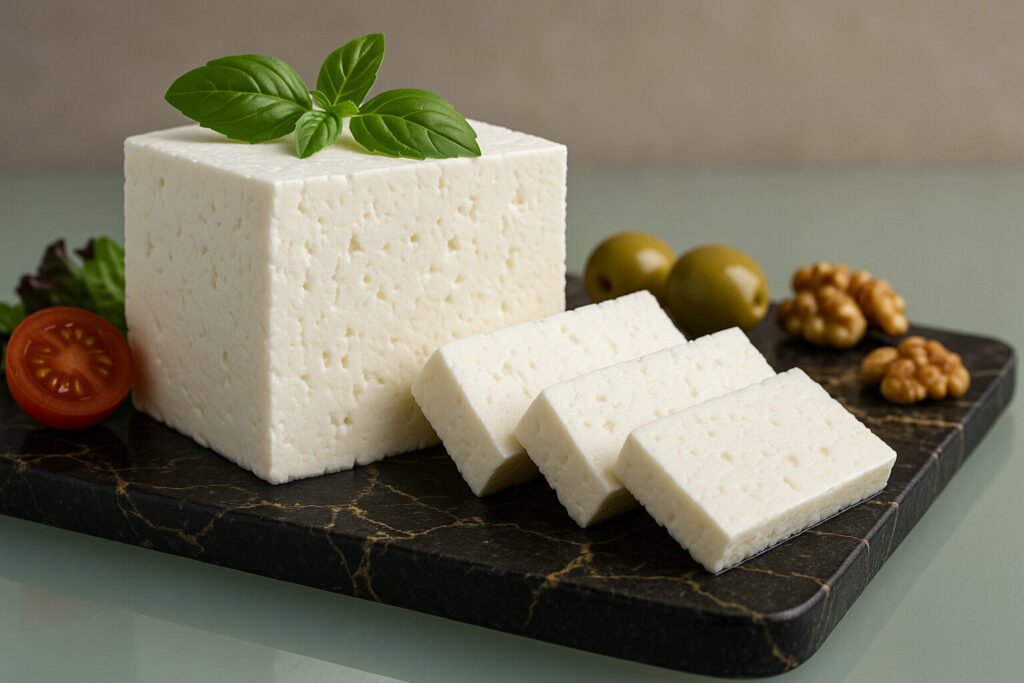Silk Road Heritage Cheese
Definition and Scope
Silk Road Heritage Cheese refers to traditional dairy products originating from regions along the historic Silk Road trade routes. These cheeses reflect centuries of cultural exchange between Asia, the Middle East, and Europe. They often incorporate unique local ingredients and age-old preservation methods suited to nomadic and agrarian lifestyles.
The category encompasses diverse styles like brined cheeses, stretched-curd varieties, and dry-salted aged wheels. Key characteristics include adaptability to arid climates and the use of specific animal milks like yak, camel, or sheep. These cheeses represent a living culinary heritage rather than a single uniform style.
Production Techniques
Traditional production begins with raw milk from regionally specific livestock, often heated in copper vats over open flames. Cheesemakers typically use animal rennet for coagulation, followed by careful curd cutting and draining. Many techniques emphasize moisture control through salting or pressing to ensure preservation during travel.
Aging methods vary significantly, including burial in clay pots, cave aging, or storage in animal skins. Some varieties undergo repeated brining or smoking processes. These methods create stable products capable of surviving long journeys across extreme climates while developing complex flavors.
Sensory Profile
The flavor spectrum ranges from sharply salty in brined cheeses to earthy and fungal in cave-aged varieties. Many exhibit pronounced umami characteristics with notes of dried herbs and spices. The aging process often introduces crystalline textures and deep golden hues.
Texture varies from elastic and stringy in stretched-curd types to crumbly and dense in pressed styles. Aromatic profiles might include hints of wood smoke, pasture grasses, or animal musk. These sensory attributes directly reflect the terroir and traditional handling methods.
Culinary Applications
In traditional cuisines, these cheeses serve as protein sources, seasoning agents, and preservation mediums. They’re commonly grated over flatbreads, melted into stews, or served alongside dried fruits and nuts. Their robust flavors stand up well to strong spices and fermented ingredients.
Modern applications include pairing with honey and dried apricots, or crumbling over grain salads. Their saltiness makes them effective flavor enhancers in stuffings and rice dishes. Many varieties maintain structural integrity when grilled or baked.
Regional Examples
Notable examples include Kurdish Braid cheese from Turkey, a stretched-curd variety often woven into braids. Armenian Chechil features string cheese marinated in wine must. Kashkaval from the Balkans represents a semi-hard cheese influenced by Ottoman traditions.
Central Asian varieties include Kurt, dried cheese balls from Kazakhstan, and Mongolian Byaslag. Afghan Qurut consists of dried cheese balls reconstituted in sauces. These examples demonstrate the geographical diversity within this cheese category.
